- Category
- War in Ukraine
US Reportedly Pauses All Military Aid to Ukraine
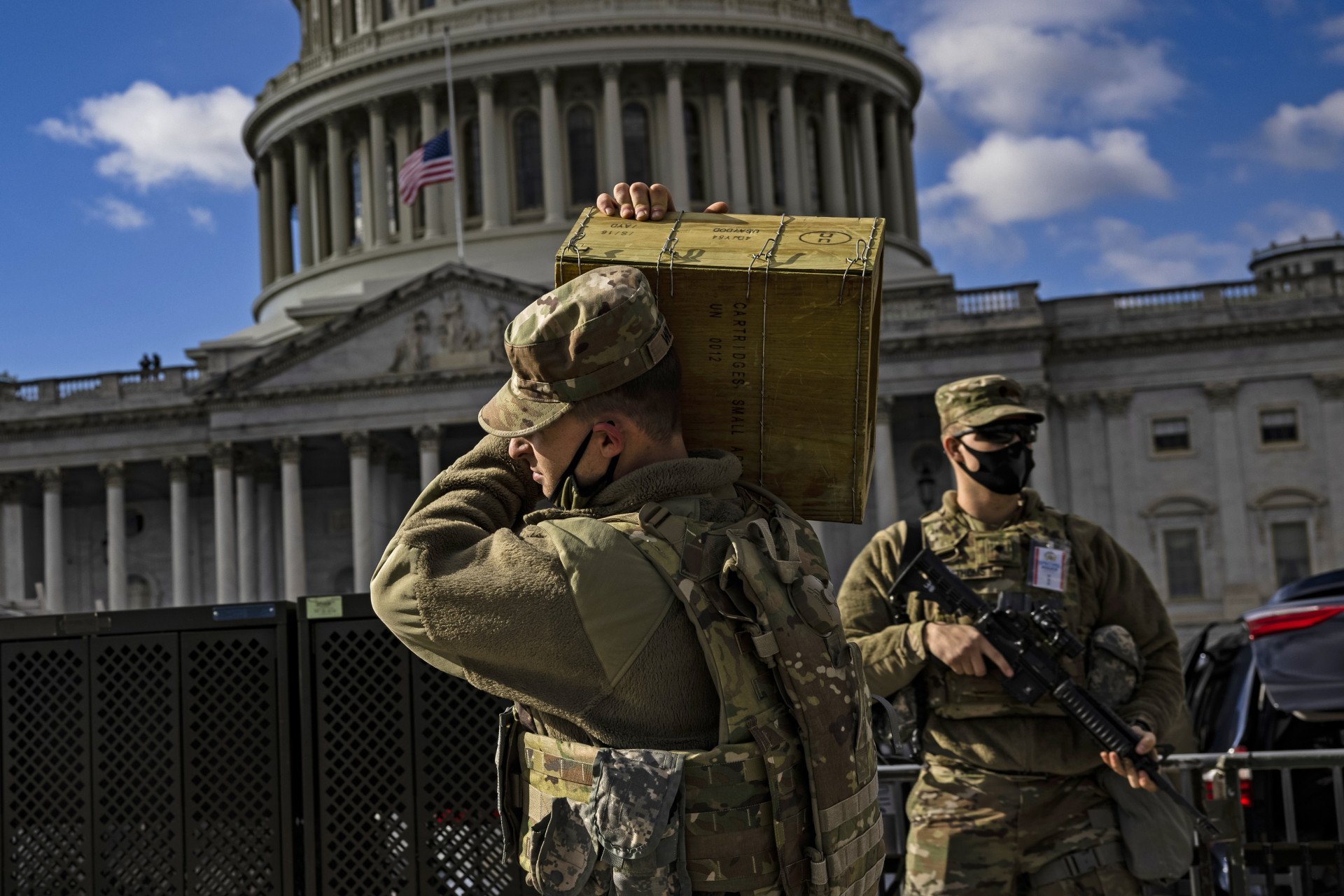
The US reportedly suspended military aid to Ukraine, threatening one of the country’s crucial lifelines against Russia in an unprecedented move since the start of the full-scale invasion.
This is a developing story; more updates may be added in the following hours.
The Trump administration reportedly decided to pause US military aid to Ukraine on March 3, according to an unnamed senior Defense Department official quoted by Bloomberg.
All US military equipment transit to Ukraine is reportedly paused, including “weapons in transit on aircraft and ships or waiting in transit areas in Poland,” according to the publication.
The Trump administration still had $3.85 billion in undrawn funds for Ukraine, but this pause will reportedly also apply to further aid.
The announcement of the military aid pause through the press comes ahead of Trump’s speech in front of Congress on March 4, a speech preceded by a post on the US President’s favored social media site, Truth Social, announcing it in all caps.
“Tomorrow night will be big. I will tell it like it is,” he wrote.
How much was given?
Ukraine received a total of $280 billion, according to an analysis by the Economist based on a German-based economy think tank Kiel Institute report.
Trump suggested that the US had given up to $350 billion to Ukraine, but the real figures are lower and closer to $182 billion, according to the US Department of Defense, while the Kiel Institute calculated the figure to be closer to $119 billion.
Overall, still according to the Kiel Institute, the US is the single largest donor to Ukraine as a country, with 42% of the country’s total support (including military and humanitarian). Yet, the EU’s share reaches almost 50% of the entire support, with $138 billion delivered.
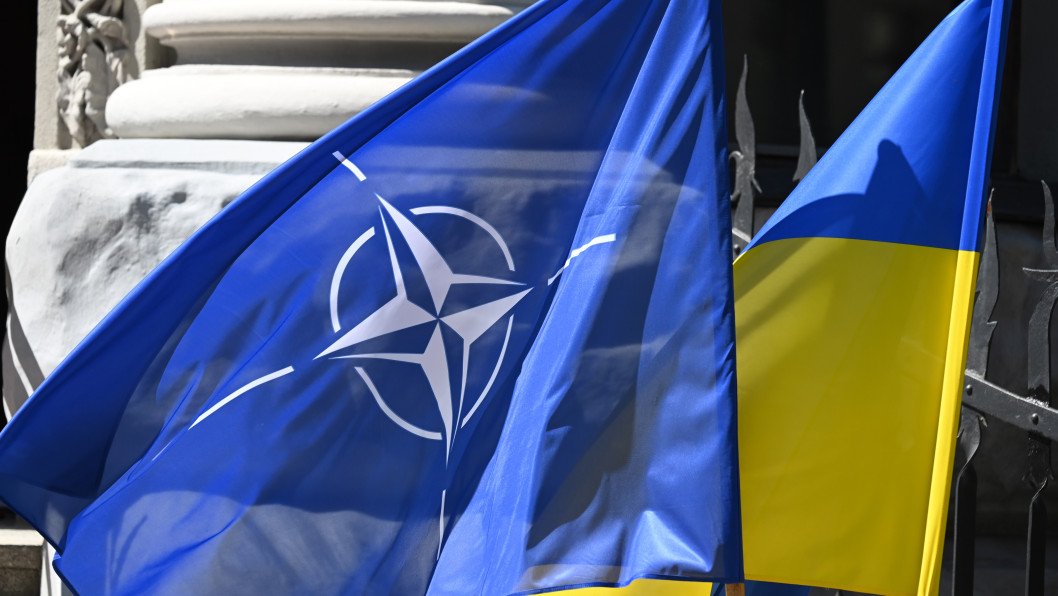
Can Europe step up to the challenge?
The EU has reportedly committed around $40 billion of military aid that has not yet been delivered, according to military experts from the Center For Strategic and International Studies (CSIS), a silver lining for Ukrainian soldiers on the frontline.
Still, EU member countries are already supplying as much as they can, and the pause in US military aid may mean the EU will have to scale back, according to the CSIS.
The European Union also approved using frozen Russian sovereign assets to support Ukraine’s military needs in 2024 on paper, but EU members haven’t yet reached a consensus to rack them up and use them for Ukraine’s defense, Polish Prime Minister Donald Tusk said on March 2.
“Everyone understands it would be best to transfer these funds for the purpose of defense and reconstruction of Ukraine. However, there are fears of negative consequences for the euro and the banking system,” Tusk said.
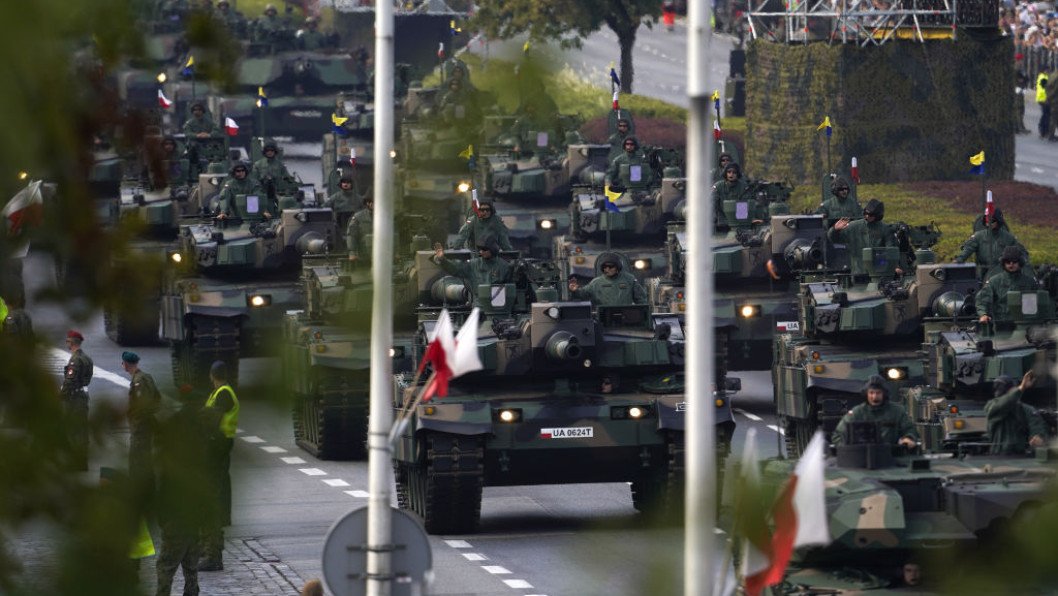
France and other NATO countries launched shell production lines strong enough to fit Ukraine’s current needs and streamline manufacturing at the speed of consumption on the battlefield to the ratio with Russians. Still, it’s unclear how long these can last without the US handling the heavy lifting.
Kyiv can also count on some equipment from its defense industrial base, especially with drones, with one million of them contracted by the government in 2024, home-developed Bohdana self-propelled howitzer, and artillery ammunition.
Still, these are far from enough to replace the US's massive help, and Ukraine’s military sector needs investment to scale up.
What’s going to happen to the frontline?
The US has sent a broad spectrum of weapons to Ukraine, from tanks to munitions, including shells and defense missiles.
A dozen HIMARS to boost Ukrainian firepower and some National Advanced Surface-to-Air Missile Systems (NASAMS) contracted in 2022 were due to be delivered, but they’re now stuck.
The consequences will be severe if Patriot missiles stop coming to Ukraine.
Ukrainians experienced this in 2023–2024 when American aid was delayed, and Ukraine did not receive the air defense missiles it needed. Several energy infrastructure sites were destroyed, deeply affecting the electric grid.
-5eae3d771196527f537cb3f5c6fb96c5.jpg)
Meanwhile, questions arise over training and intel from the US.
If these intel were cut too, it would “hurt Ukraine’s military effort in ways that are hard to predict,” the CSIS wrote.
The Europeans provide some of it and might replace some lost US support, but the scale isn’t the same, according to the think tank.
It is too early to draw the consequences of such a dramatic shift so far, but this is not the first time Ukraine had to fight without a steady US weapon’s flow.
The US Republicans had already blocked a $60 billion package in 2024. While the situation was dire, it served as a wake-up call for EU countries to step up and ramp up arms production, especially Germany’s Rheinmetall, which finally boosted its shell production at the time.
Yet, it may be “enough to hold ground, it is not enough to repel Russia and gain the victory that Ukraine desires,” the CSIS wrote on March 1.
These news are likely to bolster Russia’s confidence as it struggles to seize Pokrovsk, a key city for its announced objective to capture the entire Donetsk Oblast, and while the Russian army suffered localized defeats around the town of Toretsk and the village of Kotlyne, located 10 kilometers from Pokrovsk.
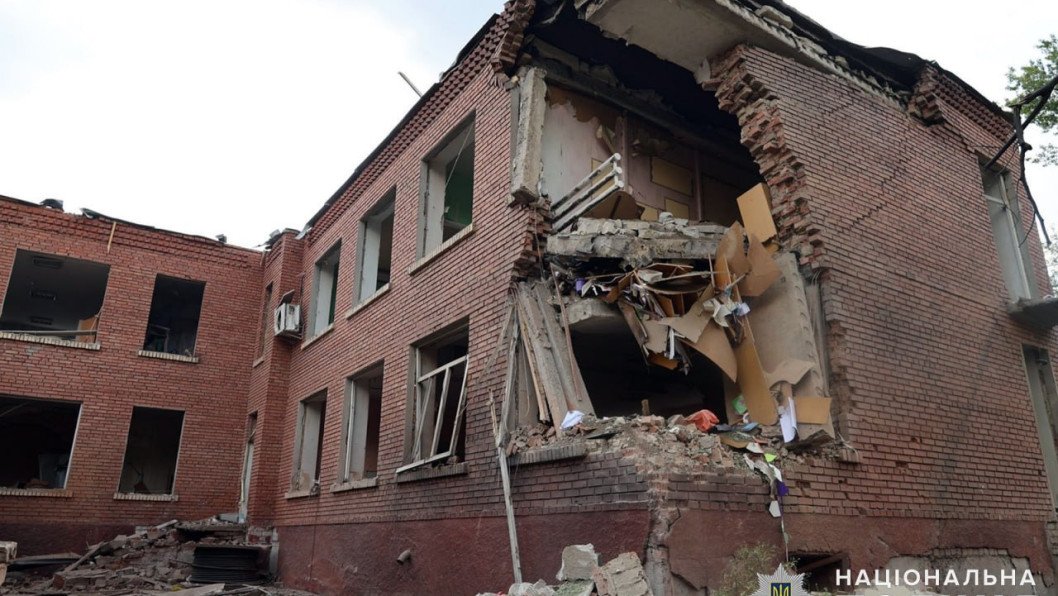
However, Russia has kept its military supplied by ramping up domestic production, outpacing the combined total of American, European, and Ukrainian production of shells while securing weapons through external partners like North Korea.
The CSIS assessment is worrying.
“With what Ukraine receives from the Europeans, other global sources, and its own industry will keep its forces in the field but with declining capabilities. Russian attacks will gain more and more territory; at some point, Ukrainian lines will break,” leading to an “unfavorable, even draconian peace.”

-c42261175cd1ec4a358bec039722d44f.jpg)
-46f6afa2f66d31ff3df8ea1a8f5524ec.jpg)
-6359eca46c72bde40a90abaaadd6eaa8.png)
-29a1a43aba23f9bb779a1ac8b98d2121.jpeg)

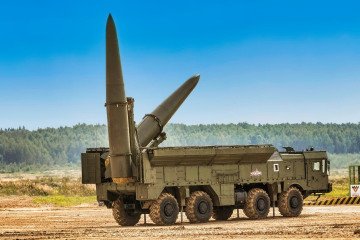
-206008aed5f329e86c52788e3e423f23.jpg)